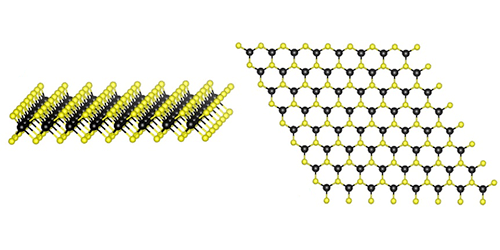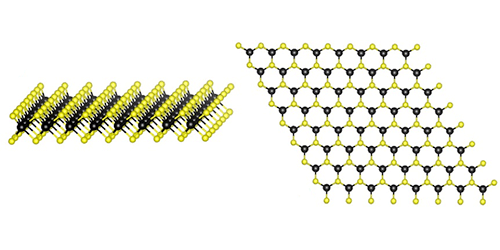Valley of the Dichalcogenides
Valley qubits are relatively new kids on the quantum bits block. In future quantum processors, they would store information in the states of electrons or excitons (electron-hole pairs) deriving from energy valleys of different momentum, which arise in some semiconductors and two-dimensional materials. But information processing based on valley qubits also requires a variety of tools that can manipulate these states in a controlled way. Gang Wang from the National Center for Scientific Research (CNRS) at the University of Toulouse, France, and colleagues now show that a magnetic field can be used to control a quantum superposition of exciton valley states in single layers of semiconductors called transition metal dichalcogenides.
When scaled down to single layers, transition metal dichalcogenides have two local energy minima, or valleys, of opposite momentum. Storing and processing information using these two valley states, and quantum superpositions of them, would rely on three operations: generating electron or exciton valley states, controllably manipulating and switching between different states, and detecting the states themselves. While researchers have been able to perform the first and third of these, they haven’t been able to execute the second.
Enter Wang and colleagues. The authors used laser light to first generate a superposition of exciton valley states in a monolayer of an archetypal transition metal dichalcogenide—tungsten diselenide. Next, they applied a magnetic field at right angles to the layer. They showed that tuning the field’s amplitude and direction drives the generated state into new superposition states, which they detect with photoluminescence spectroscopy, a widely used technique to study the electronic properties of semiconductors. The results pave the way towards achieving complete control of valley qubits made from transition metal dichalcogenides.
This research is published in Physical Review Letters.
–Ana Lopes
Ana Lopes is a Senior Editor of Physics.
Editor’s Note: A paper from an independent group also reports a method of manipulating valley states in monolayers of transition metal dichalcogenides, but instead of an external magnetic field the technique uses a pseudomagnetic field associated with the optical Stark effect.





